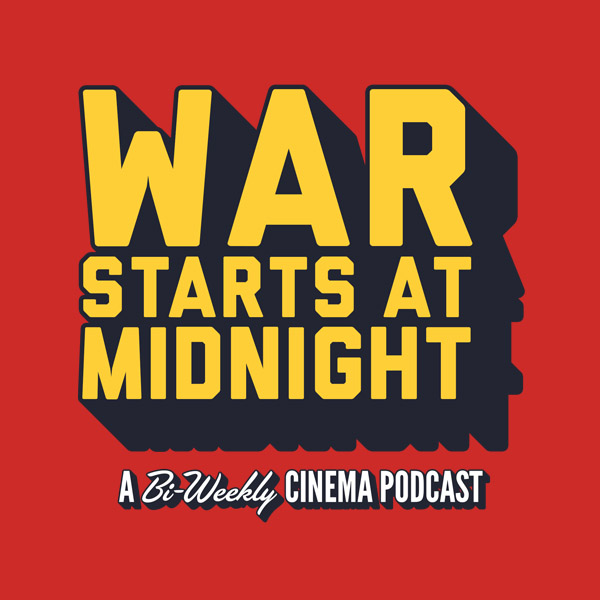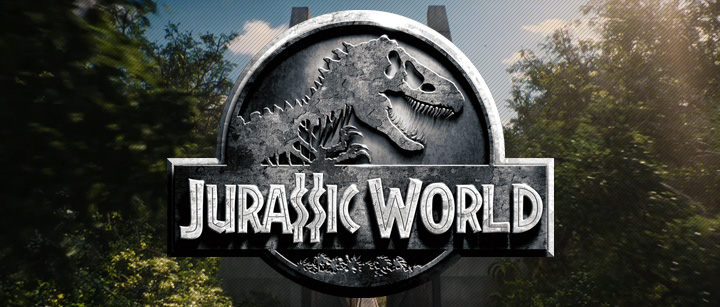This post is part of our weekly newsletter, the Midweek Memo. Subscribe to it here.
Jurassic World has made more money than the GDP of about 15 countries, and counting. Isla Nublar is now one of the most profitable islands in the South Pacific.
One by one, previous records have gone extinct in its wake – biggest opening weekend, biggest 2nd weekend, fastest to $100M, $200, $300, on and on.
Experts knew it would be a hit. But potentially unseating Titanic as the 2nd highest-grossing movie ever? Nobody could’ve guess. Though in hindsight, it seems so obvious.
Jurassic World is the 3rd film in the franchise to break the opening weekend record (go stand in a corner JP3). And the original was the highest grossing film ever until that record was sunk by Titanic.
People love Jurassic Park. Sure JP3 underperformed, but that was 14 years ago, and can be blamed on that stupid Spinosaurus (yes, I’m a bitter T-Rex apologist, and No, I will not apologize for it).
Jurassic World stomping Avengers: Age of Ultron to become this summer’s juggernaut can be attributed to the most powerful of blockbuster film formulas – Nostalgia + Novelty = $$$$
Jurassic World was a sequel that was separated from its previous film by 14 years, and its original by 22. People were ravenous for a return to this universe (Nostalgia).
But it also promised something different, not just from the previous films, but more importantly from our superhero-saturated multiplexes (Novelty).
The result? More money than Dr. John Hammond could spend in a lifetime.
This Nostalgia/Novelty movement is not new, thought I’d argue it’s just now getting off the ground. It began over a decade ago with a string of sequels to long distant films that, while not JW moneymakers, still did well (Rocky Balboa, Rambo, Live Free or Die Hard).
This initial N/N wave peaked with two films – Indiana Jones and The Kingdom of the Crystal Skull, a film whose lazy marketing campaign amounted to “Hey look kids, it’s an Indiana Jones movie!” and yet it still made $100M its opening weekend. It also kinda’ blew.
Then there was Toy Story 3. Removed from Toy Story 2 by 11 years, it’s still Pixar’s highest opening weekend and biggest grosser.
So when taking the N/N Formula into account, the most surprising thing about JW’s tremendous success is that so many found it surprising.
Start with a beloved franchise, wait a decade for the stink to wear off, then make your sequel, chances are your film is going to do well.
This is in contrast to the reboot movement (TDK trilogy, Star Trek), the remake movement (King Kong, basically every horror film since 2006), and certainly the “Keep making sequels until your franchise blows” movement (Spider-Man, X-Men, too many movies to list here).
And it’s way more reliable too. Because for all of our cynicism and snark, there’s nothing we Millennials love more than nostalgia. It’s weird paradox, but it’s true. While a remake or reboot seems like cheap cash grab, a sequel to a distant franchise somehow feels fresh again.
Hollywood gets this, as currently sequels to Ghostbusters, Independence Day, and even Space Jam are all in development. Each, I suspect, will do quite well, though my enthusiasm for them all is mostly just a mix of curiosity and loyalty. But then again, I said the same thing about JW before it transported me to a pre-pubescent state, much like a time-traveling DeLorean in an inevitable Back To The Future sequel.
It’s for this reason I think Avatar will soon have its Hometree burned down and be replaced as the highest-grossing film ever.
But no, not by Jurassic World.
No, by the sequel to the mother and father of all franchises. A franchise whose fans span basically the entire human race, give or take a country, and every age, race, and gender. A film whose freaking trailer debuting on Youtube was a cultural moment unto itself.
Star Wars: The Force Awakens.
Should Hunter be a producer, or has he finally gone mad?
Let us know on Facebook or Twitter.
Listen to our review of Jurassic World on Episode 12 of the podcast.

